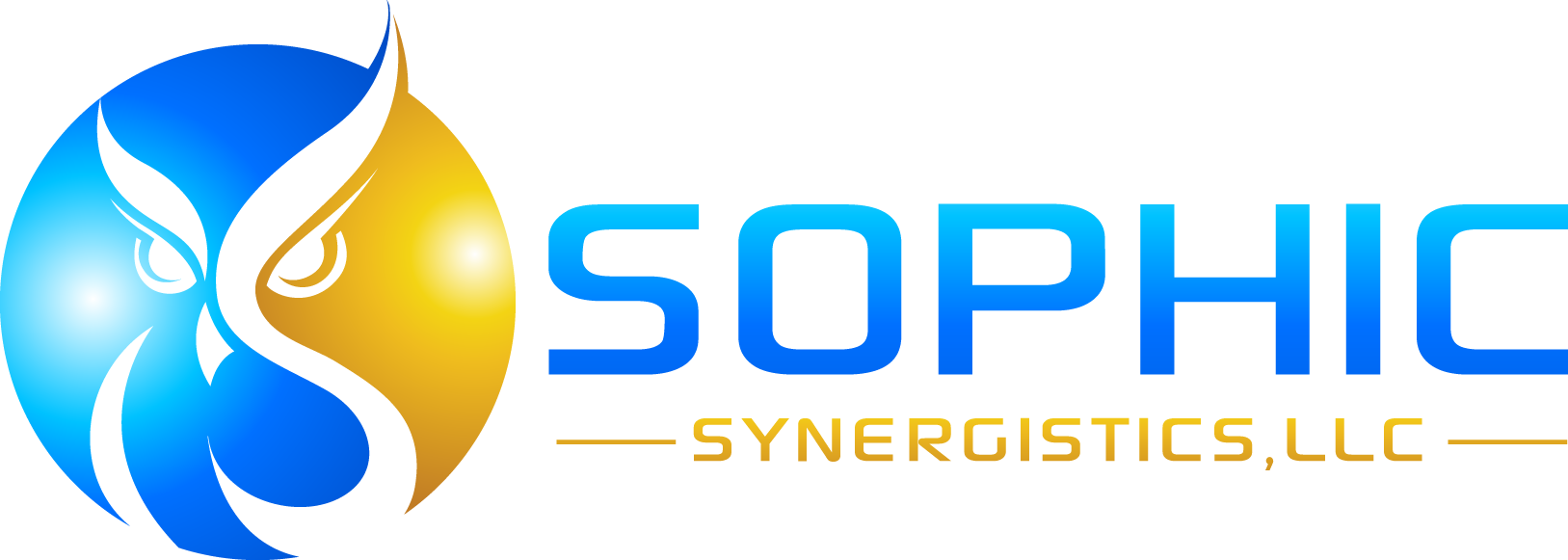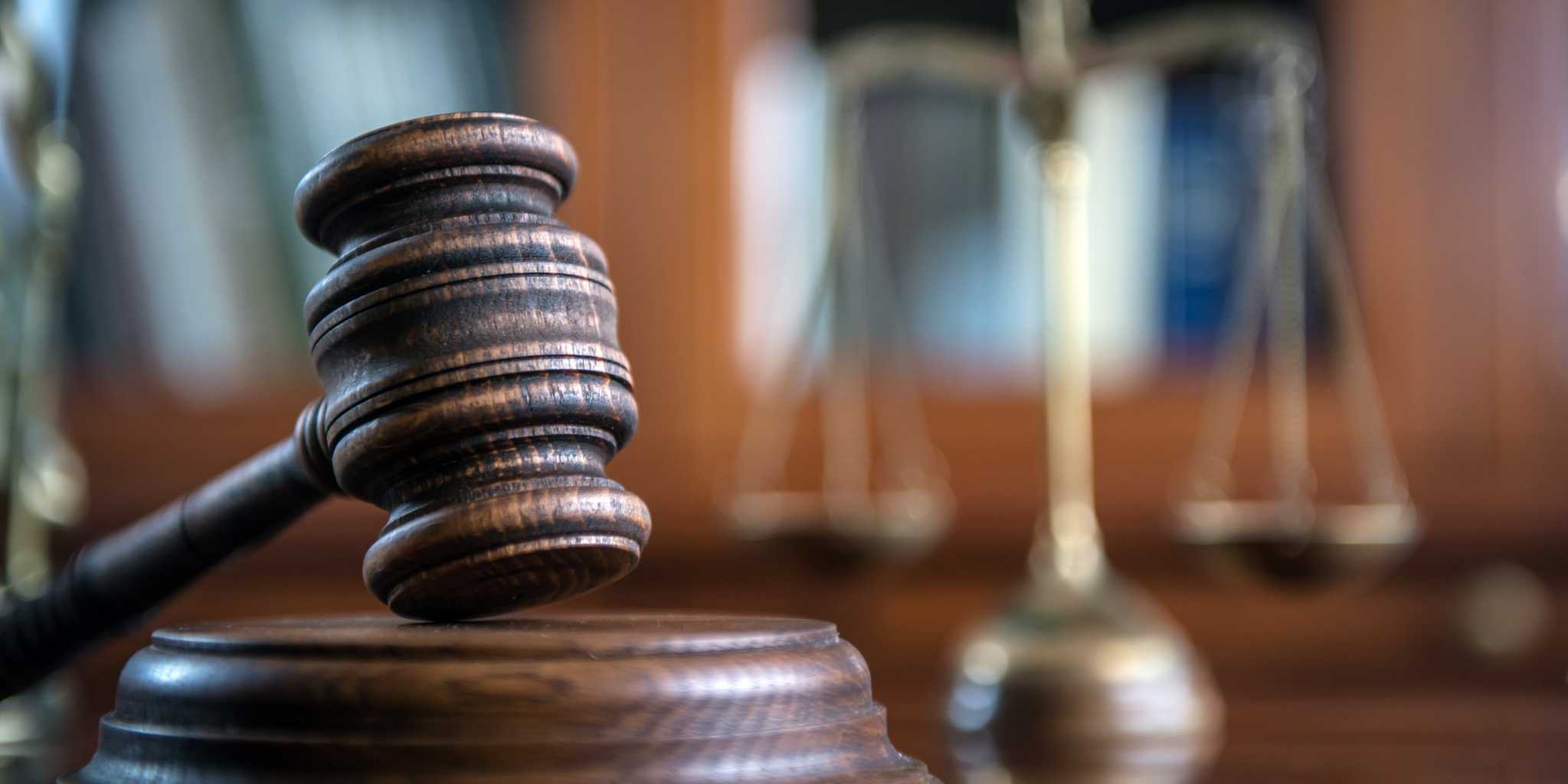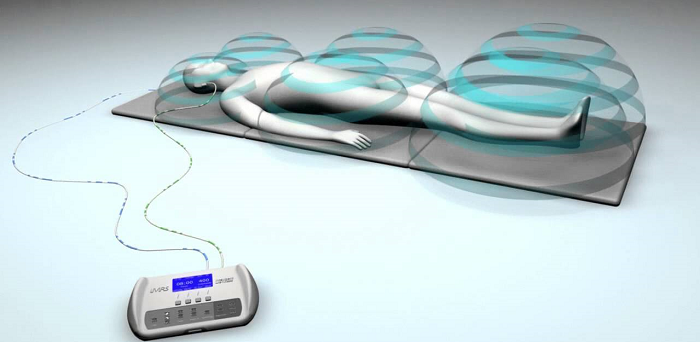There’s no question that an expert witness can play a critical role in the courtroom. Expert witnesses are often asked to evaluate and offer opinions in cases on a multitude of subjects including engineering, medicine, safety, marketing, and accident reconstruction.
Specifically, they are asked opinions about how events may have occurred or how probable one causal explanation may be as compared to another. However, in cases that deal with human error, there is one type of expert that is typically missed: a human factors expert witness. They are often the missing link in a strong case or defense.
Why include a human factors expert witness? To win cases!
Human factors is a science that is focused on people. It deals with how people interact, perceive, and make decisions about their environment and the things within it. It’s about understanding how human limitations and capabilities can lead to certain outcomes including errors. Because human factors experts have specialized scientific, practical, and technical experience using evidence-based principles to design safe environments, they are among the most highly qualified to testify in court cases related to errors and injuries.
Scenario 1: Medical Error
In 2017, Carla Miller of Jackson, Tennessee had surgery to implant a small mesh tube in her left kidney. The tube was supposed to extend through her urinary system to her bladder. However, during the surgery two Vanderbilt University Medical Center doctors mistakenly implanted the tube in the wrong kidney and ran it through the right side of her body.
This medical error damaged Miller’s urinary system so much so that she was told she would need dialysis for the rest of her life. She also needed to endure a second surgery to place the tube on the correct side. Miller sued the hospital in March 2019, seeking more than $25 million in damages. She passed away two months later from heart issues which her family says were a result of the botched surgery. Her family is continuing the lawsuit.
The two doctors who performed her surgery were not publicly named, but both testified in a recent deposition that they made a mistake. One of them said that an electronic whiteboard had malfunctioned, contributing to the medical error.
A wrong-site surgery like the one in this case is often referred to as a “never event” because it should never have occurred if hospitals had the right procedures in place. The U.S. Department of Health and Human Services says that “never events” occur once in every 112,000 surgeries and at individual hospitals once every five or 10 years.
In a case like this, a human factors expert witness can play a key role. He or she can give an opinion about the hospital’s policies and procedures, focusing on whether they were impacted by workflow or workload issues, or the design of the workplace and the equipment. Human factors expert witnesses work in the healthcare industry, designing medical devices, hospital environments, processes, and procedures. Their goal is to optimize the situation and work to prevent risk associated with human limitations or errors. Due to this experience and expertise, they have a keen understanding of what could have gone wrong when looking at the broader chain of events leading up to the incident. There is really no such thing as “human error.” There are always reasons as to why humans make mistakes. These include design flaws, complex workflows, high workload, inadequate processes and procedures, labeling, poor communication, challenging team dynamics, and more. A human factors professional is the perfect expert witness in this case, with the expertise to testify to the multitude of issues that plague hospital environments and how they ultimately led to the fatal outcome for Ms. Miller.

Scenario 2: Driver Distraction
Earlier this month, we wrote a blog about how 10 sailors died when the U.S. Navy’s USS John S. McCain collided with a chemical tanker. After an investigation, it was determined that a lack of proper training and inadequate operating procedures were to blame. As human factors professionals, we disagreed. Again, there is really no such thing as “human error.” The real issue was caused by the implementation of a new helm control system that was touch screen. The targeted users of this technology – the sailors – had no experience or true need for the technology. Even worse, it was implemented without conducting a thorough needs and usability analysis to identify risks and mitigation strategies. Sometimes the right answer is to not integrate technology, especially if the risks introduced far outweigh the benefit and diverge too greatly from the broader operations of the users. Since the accident, the Navy has reverted its destroyers back to physical throttles and helm controls.
Similarly, automobiles are facing a technology revolution and a push to incorporate touch screen capabilities in their cabins. Gone are the days of simple knobs, buttons and singular functionality – capabilities that didn’t require the users to take their eyes off the road for very long. The tremendous popularity of the iPhone and its touch screen capabilities have driven car manufacturers to feel compelled to incorporate more sleek and high-tech cabins leveraging these technologies. Since the addition of touch screens to car cabins, however, distracted driving accidents have been on the rise.
A recent AAA study found that the more complex infotainment systems (like touch screens) get, the greater the number of accidents that occur. In their study, AAA evaluated 30 new vehicles and 120 users. They asked users to perform tasks that required the use of the touch screen in each car. They then measured how long users were distracted while using touch screens. They found some astounding results: The mere act of using a navigation system caused users to take their eyes off the road for up to 40 seconds! AAA’s recommendation: Manufacturers need to design systems with ease-of-use in mind. We would argue that the objective is user safety and reducing the chance for errors.
In distracted driving cases, human factors experts can give professional opinions about how users are impacted by variables such as technology during complex driving situations. Driving is a high cognitive workload activity and any type of distraction can affect how the driver perceives and reacts to roadway situations or hazards. A human factors expert is able to provide insights regarding roadway design, impact of cell phones and navigation aids on driver attention, perception and reaction time, nighttime driving deficiencies and so much more.
Scenario 3: Product Liability
Capital Brands, the company that makes NutriBullet high-speed blenders, has faced numerous lawsuits over the past several years. Now they are facing a class action lawsuit. Users have complained that the product can explode without any warning, causing injuries including burns. The class action suit claims that even if the device doesn’t explode, users are still at risk due to the buildup of pressure behind the blade. This can cause the blade to fly out after the blender’s lid is opened.
In product liability cases like this one, human factors expert witnesses can testify that users should never be used as guinea pigs! There’s nothing more important than safety and usability when it comes to product design. Because human factors experts work with product designers, engineers and manufacturing teams to assist with the design process (including focus groups, benchmarking, usability testing, risk analysis and design requirements), they know firsthand about designing to prevent product failures. In product liability cases, a human factors expert can highlight critical areas that were missed during the design process that ultimately contributed to an unsafe product making it to market.
The verdict is in: A human factors expert witness is a crucial part of any trial.
As you can see from the examples above, human factors principles are used across all types of industries to make people’s lives safer. We have only touched on a few situations where human factors expert witnesses can use their experience, knowledge and methodology to clarify key pieces of information for judges and juries alike. However, they can also deliver insight into other types of cases, including those that involve workplace safety, slips, trips and falls, labeling, caution and warning, ergonomics, displays and controls, fatigue and sleep deprivation, cognition, memory and perception, design, and more. No matter the industry or the situation, human factors expert witnesses have the knowledge and understanding to help ensure justice in court.






